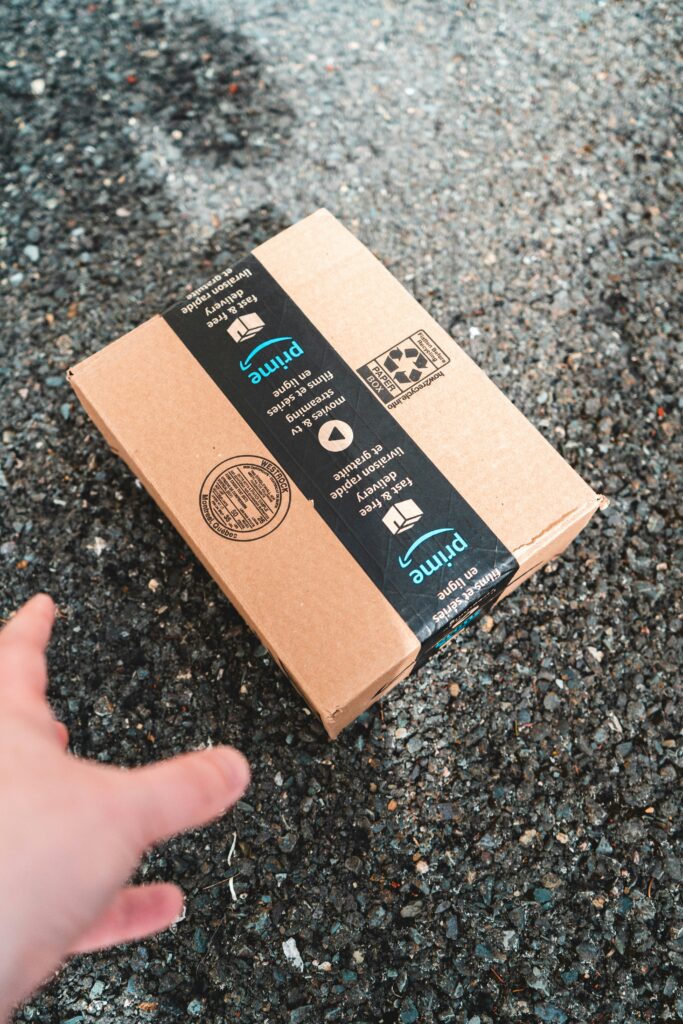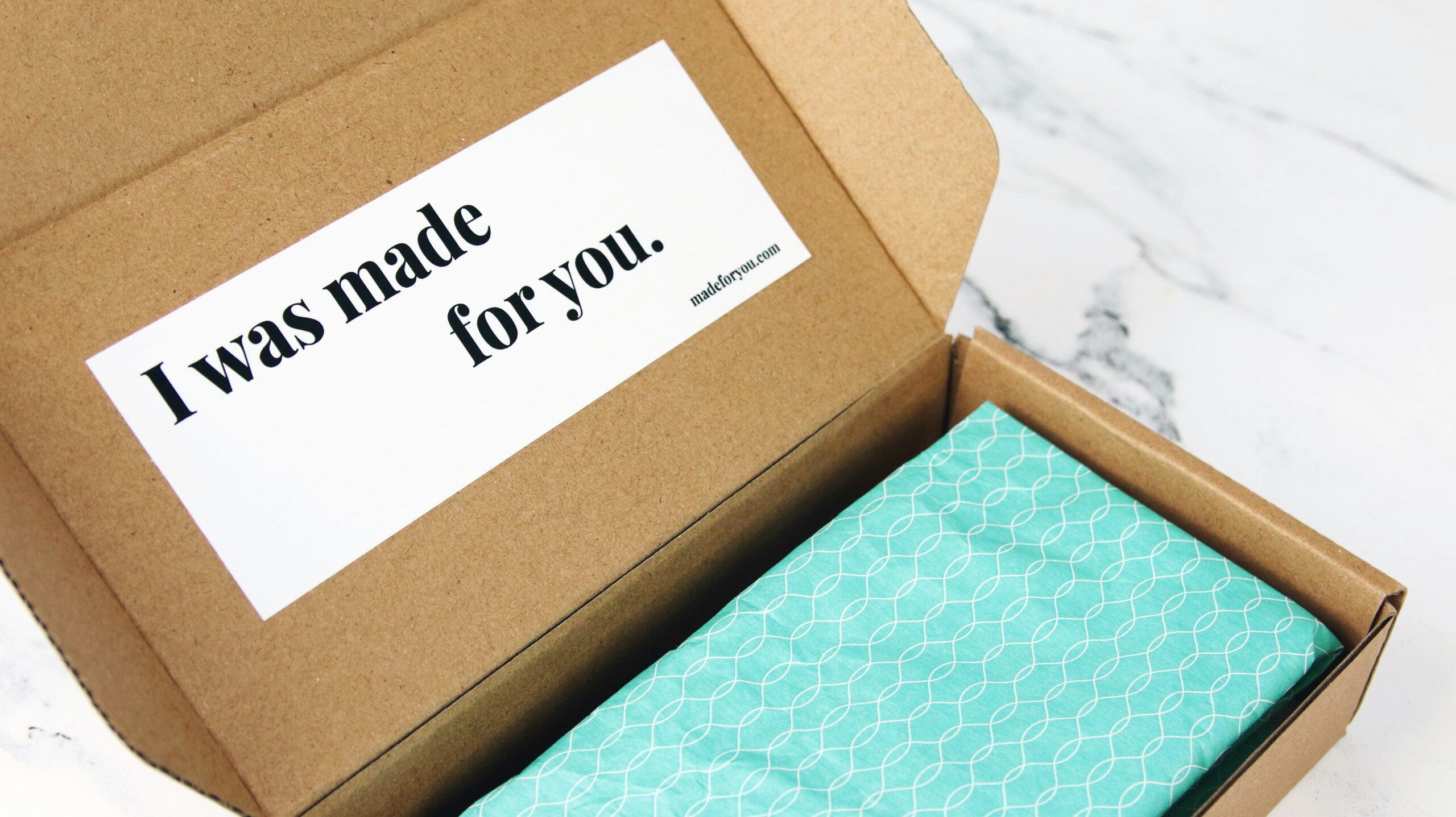How Sustainable Packaging Can Boost Retention, Cut Costs, and Win Trust
Brands obsess over keywords, ad strategy, and click-through rates, while often forgetting about the most important part of the sale: the first impression.
And not just the first impression online– the first impression when the customer sees their package waiting for them at their doorstep.
Sustainable packaging may not show up in your ad reports or SEO dashboards, but it shapes customer perception, drives repeat purchases, and can even determine whether your product arrives safely at all. Amazon emphasizes that selecting the right packaging size is crucial to prevent product damage during shipping, which can lead to customer dissatisfaction and increased costs due to returns and replacements. Additionally, Amazon is actively working to optimize packaging by reducing unnecessary materials and enhancing recyclability, aligning with customer expectations for sustainable and efficient delivery solutions.
And yet, many brands still treat it as an afterthought.
Here’s why packaging is important, the most common sustainable packaging mistakes, and how to do better.

Photo by Erik Mclean on Unsplash
1. Overpackaging: When Protection Becomes Excess
Too many brands play it safe by packaging small products in oversized boxes with layers of bubble wrap or air pillows. But what feels like a secure choice can create a negative first impression. Shoppers increasingly care about waste and unnecessary filling tells the customer you don’t.
Amazon recommends right-sized packaging to reduce material waste, shipping costs, and damage. Evaluate your packaging dimensions with Amazon’s guidelines and consider Amazon’s Ships in Product Packaging program (formerly Frustration-Free Packaging), which rewards brands that reduce waste without compromising product safety.
2. Non-Recyclable Materials: A Hidden Dealbreaker
If your packaging can’t be easily recycled, customers notice– and not in a good way. Materials like plastic films, foam, or laminated mailers may keep items intact or even show off product features, but they frustrate customers who don’t want the burden of excess waste passed onto them.
Worse, confusing or absent recycling instructions leave customers guessing and may lead them to associate your brand with unnecessary waste.
Instead, switch to curbside recyclable materials like cardboard or paper filler whenever possible. For any additional items, clearly label the packaging with disposal instructions using Amazon’s guidelines.

Photo by Boxed Water Is Better on Unsplash
3. Ignoring Amazon’s Packaging Incentives
Many brands miss out on programs designed to reward sustainable choices. As mentioned in the materials section, Amazon’s Ships in Product Packaging (SIPP) initiative allows certain items to ship in their original packaging without an additional Amazon box, reducing materials and carbon emissions.
The benefits go far beyond the environmental. Products enrolled in SIPP may also see improved margins, better customer satisfaction, and eligibility for certain placement advantages.
Audit your catalog for SIPP eligibility and explore Amazon’s packaging certification process. Enrolled brands align more closely with Amazon’s long-term sustainability goals, which may result in both operational and reputational advantages.
4. Failing the Shake Test: Damage Is a Sustainability Issue
Don’t use too many unsustainable materials, but make sure you have the right ones there. Packaging that doesn’t protect the product leads to breakage, returns, and reships, all of which increase waste and eat into margins. In some cases, a product that breaks in transit may arrive looking intact but fails shortly after use, undermining trust.
To prevent this from happening, invest in simple “drop and shake” testing before products go live. If a product shakes inside the box when handled, it probably isn’t packed well enough. Design inserts or padding that are minimal but effective. The cost of optimizing for in-transit durability is far lower than the cost of returns and negative reviews.

Photo by CHUTTERSNAP on Unsplash
5. Ignoring Customer Feedback on Packaging
Customers leave subtle clues in reviews: complaints about waste, difficulty opening the package, or damage that isn’t reported through formal return processes. Brands that don’t track this feedback risk letting packaging mistakes quietly impact sales and retention.
To prevent this from happening, set up alerts or regular reports to track packaging-related keywords in reviews. Look for trends over time, not just one-off mentions. Brands that treat packaging feedback like product feedback are the ones that catch silent killers early.
Final Take
Sustainable packaging is no longer a “nice to have.” It’s a conversion tool, a loyalty driver, and a reflection of brand values. On Amazon, where first impressions often come in a box, small mistakes can lead to big losses. But for brands willing to adapt, smart packaging can be a quiet competitive advantage.





